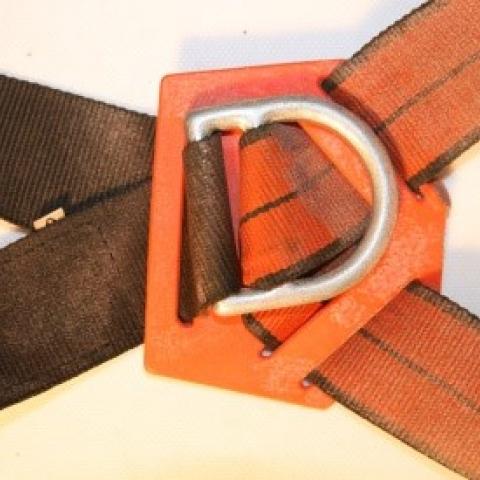Products from Plastic
What we check:
- Deformation
- Cracks and Fissures
- Burrs
- Abrasion
- Moving Parts
- Pins and Springs
- Chemical Damage
- Thermal Damage
Deformation:
If any plastic part or plastic device is deformed or if the plastic products shows white lines (winding or in the shape of spider webs), it is a sign of deformation (impact), and, for this reason, the product should be retired.
Cracks and Fissures:
If visible cracks or fissures are seen on the product or its components, the product should be retired.
Burrs:
Burrs and other sharp edges must be filed off using a needle file. However, the maximum amount is 10% compared to a same, unused model. If the damage exceeds 10%, the product should be retired.
Abrasion:
If abrasion on any part of the product is more than 10% (compare with same, unused model), the product should be retired. An example of abrasion, which is still below the 10%, the product is ok:
Moving Parts:
If movement of any moving parts is limited, use the recommended lubricant. If the problem persists, the product needs to be retired from further use. An example of a moving part that is ok:
Pins and Springs:
If any plastic parts or plastic equipment show pin deformation, or other damage listed above, or if the springs do not work properly, the product should be retired.Example of Pins and Springs that are ok:
Chemical Damage:
If discoloration on a plastic product or its parts does not disappear after cleaning or when touching or rubbing changes the shape or color, the product should be retired. Example of chemical damage where the product needs to be discarded:
Thermal Damage:
If a plastic product or its parts remains blackened (soot) even after cleaning, or the product or its parts has a glassy surface or breaks or flakes when rubbed, the product should be retired. Example of thermal damage where the product needs to be discarded:







